ART CITIES: Vienna-Tony Cragg
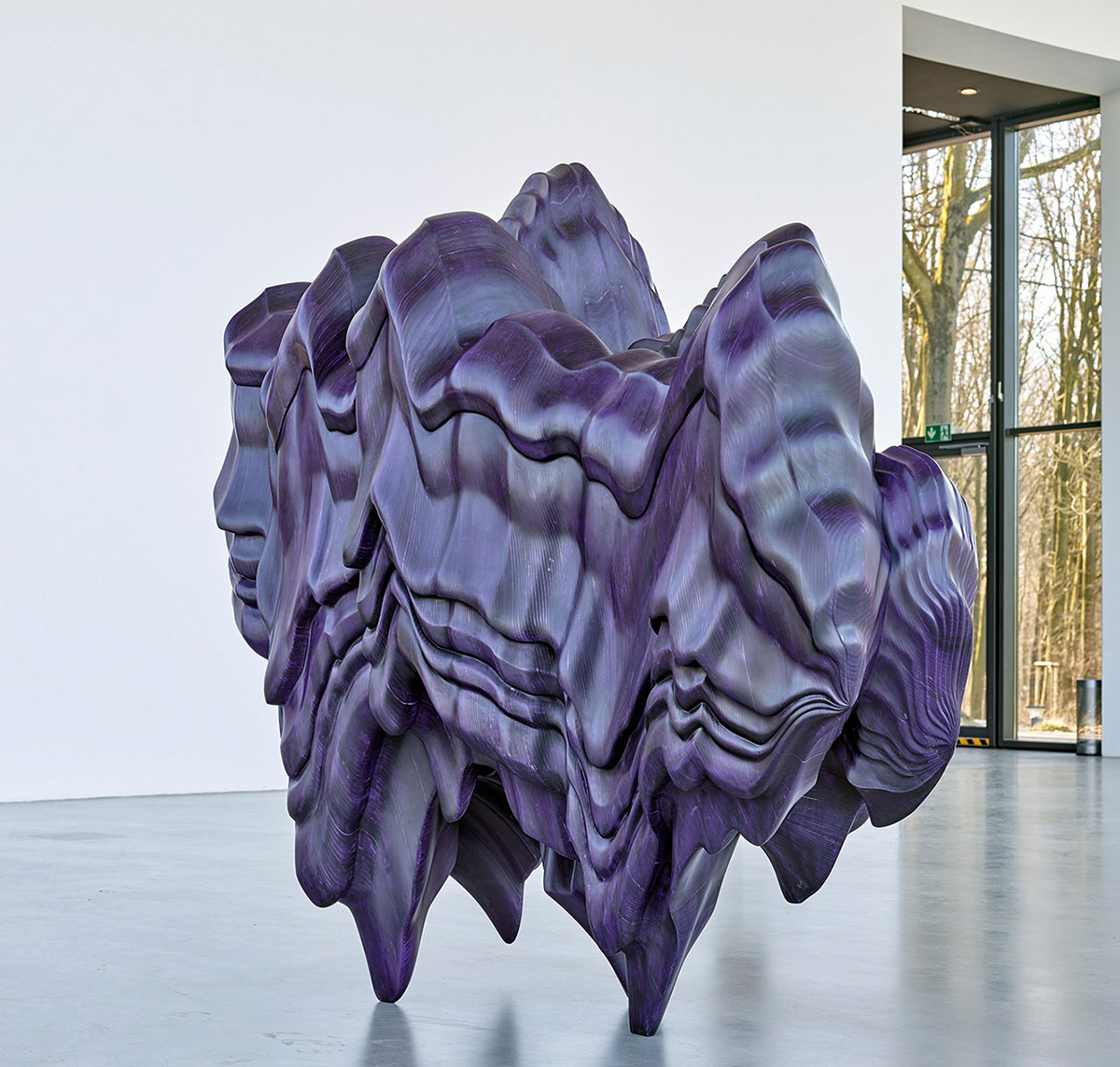 Tony Cragg is one of the world’s most foremost sculptors. His work is notable for its exploration of different materials, including found objects and raw matter of various kinds. His early, stacked works present a taxonomical understanding of the world, and he has said that he sees manmade objects as “Fossilized keys to a past time which is our present”.
Tony Cragg is one of the world’s most foremost sculptors. His work is notable for its exploration of different materials, including found objects and raw matter of various kinds. His early, stacked works present a taxonomical understanding of the world, and he has said that he sees manmade objects as “Fossilized keys to a past time which is our present”.
By Efi Michalarou
Photo: ALBERTINA Museum Archive
In the exhibition “Body and Soul” the ALBERTINA Museum turns an spotlight on the oeuvre of Tony Cragg, with a selection of ca. 20 sculptures and just as many drawings. Tony Cragg’s sculptural oeuvre has undergone a development from figurative to abstracted form. The artist partly makes use of such unconventional materials as fiberglass and Kevlar, which are employed next to wood, stone, and stainless steel, leading to a varied perception and nuanced presence of sculpture in space, Cragg works with the sensory qualities of the materials used, with their response to light and visual appeal. In this way, not only are inner dialogs between the viewer and the sculptures brought about but also relationships and tensions between the sculptures as such. Since the 1990s, Cragg has increasingly turned to drawing, which can be used for sketching or be an expression of formal and thematic issues. The artist has a preference for series in which he deals extensively with the respective representational or abstract motifs. Tony Cragg was born in 1949 in Liverpool,following a period of work as a laboratory technician he first studied art in the Foundation course at the Gloucestershire College of Art and Design, Cheltenham and then at the Wimbledon School of Art (1969-1973). During this period he was taught by Roger Ackling, who introduced him to the sculptors Richard Long and Bill Woodrow. He completed his studies at Royal College of Art (1973-1977) where he was a contemporary of Richard Wentworth. Tony Cragg’s early work involved site-specific installations of found objects and discarded materials. From the mid–’70s through to the early-‘80s he presented assemblages in primary structures or as in colourful, representational reliefs on the floors and walls of gallery spaces. “Britain Seen from the North” is a signature early work, made of multi-colored scraps of various materials assembled in relief on the wall. He left Britain in 1977 and moved to Wuppertal in Germany, where he has lived and worked since, in 1978 began teaching at the Kunstakademie of Düsseldorf. In the early ‘80s Cragg gradually moved away from installation art and began to examine more closely the individual objects used as parts of his larger constellations. This was the beginning of his engagement and experimentation with the properties and possibilities of a wide range of more permanent materials in the form of wood, plaster, stone, fiberglass, Kevlar, stainless steel, cast iron and bronze. Throughout the ‘90s Cragg continued to develop two larger groups of work that have sustained his production up to the present: the “Early Forms” and the “Rational Beings”. The “Early Forms” series investigate the possibilities of manipulating everyday, familiar containers and the ways in which they can morph into and around one another in space. The “Rational Beings” are describable as organic looking forms often made of carbon fibre on a core of polystyrene. These sculptures derive their forms from the contours of gestural drawings, which Cragg then translates into the third dimension using thick, circular or oval discs which are superimposed, glued together and covered with a skin. The underlying structure of these sculptures gives their skin the tension of a membrane, reflecting the basic structures of many organisms, organs, plants and animals. Much of Cragg’s recent work has experimented with the manipulation of the human face, the use of stacking and layering and the effects of centring his architectural pieces, such as “Here Today, Gone Tomorrow”, around variable axes. This work is, characteristically, animated and infused with a sense of movement and pace, a fleetingness stressed by the work’s title. Whilst the piece appears to be spinning at speed, it also seems to have been subject to wind and water erosion as a result of its smooth, undulating and topographical form. “Hollow Head” (2019) belongs to a series of works that are the result of subtracting one sculptural form from another. The two works entitled “Pair” (both 2019), one composed of wood, the other of stainless steel, each consist of two free-standing elliptical columns. The tense relationship between these forms led Cragg to superimpose sculptural volumes inside one another. In doing so, he has created sculptures that infer specific internal boundaries, at times supplementing or subtracting from one another. In “Frequencies” (2019) expresses the interrelationship between different modes of thought as a form of topography. Of his “Skulls” series, Cragg explains, “Any impression of solidity is an illusion. This applies as much to aspects of our physical reality as to sculptural traditions. These skeletal volumes reveal their inner structures and leave the viewer with no illusions”. Cragg’s recent “Stacks” (2018) represent the continuation of a theme he first explored as a student at the Royal College of Art, creating earthy accumulations of discarded materials that have since developed into sleek columnar forms in wood, stone, bronze and steel. The artworks are the result of the experiences that artists have had while making the work and showing it to others is an offer to share that experience of adventure and discovery. It is comparable in some ways with visiting an undiscovered landscape, encountering a new species, or even with learning a new fact of physics. Art shows us who we are and where we stand. Ultimately all art, no matter how abstract, revolves around and relates to the human figure and human nature.
Photo: Tony Cragg, In Frequencies, 2019, Holz, © Tony Cragg / Bildrecht, Wien 2022
Info: Curator: Antonia Hoerschelmann , ALBERTINA Museum, Albertina Modern, Karlsplatz 5, Vienna, Austria, Duration: 7/7-6/11/2022, Days & Hours: Daily 10:00-18:00, www.albertina.at/en/
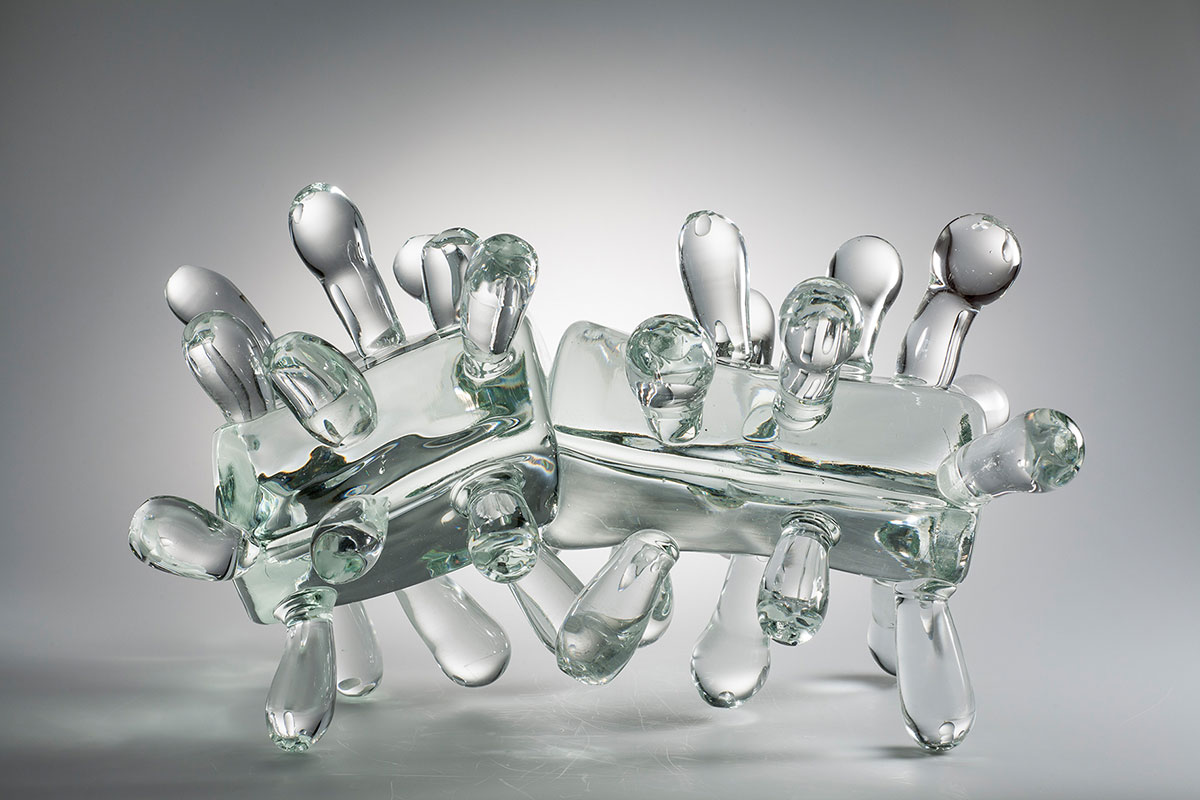
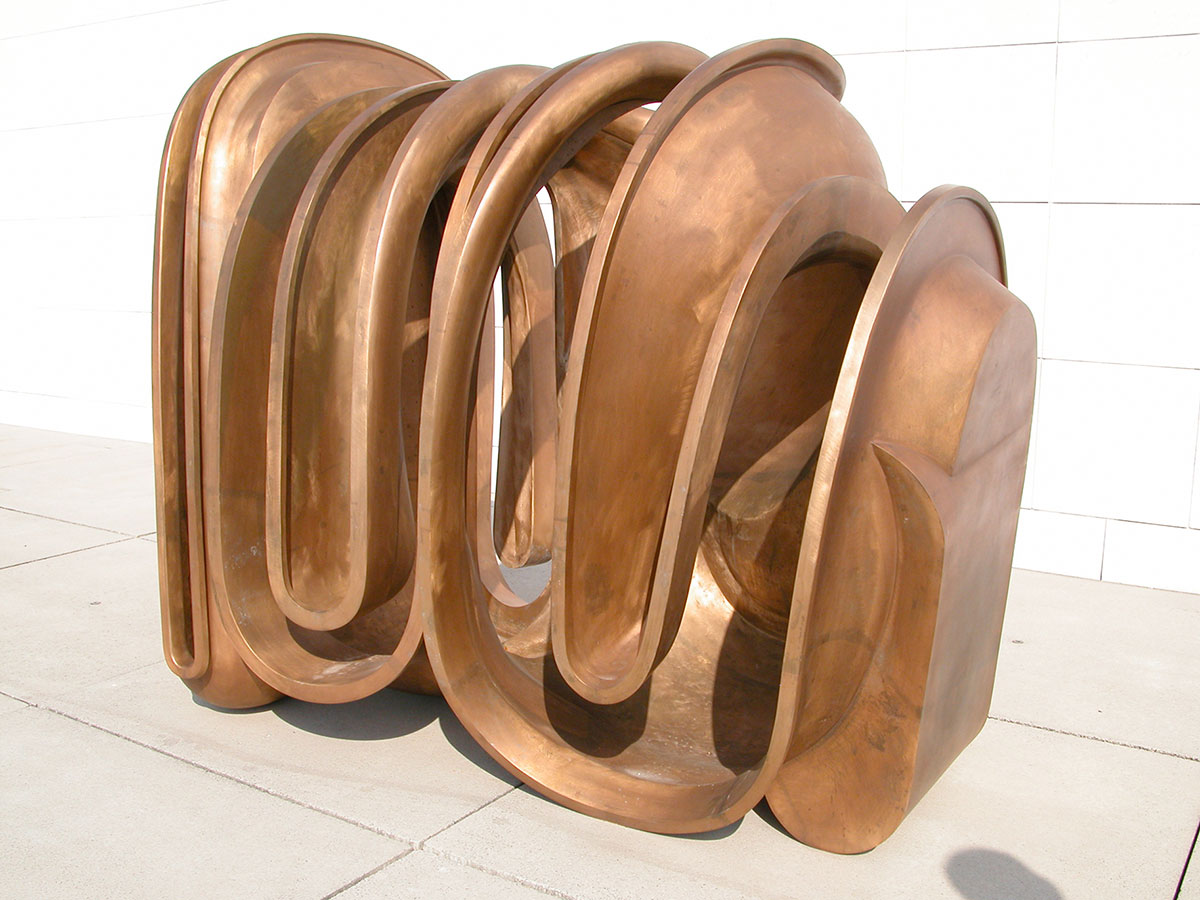
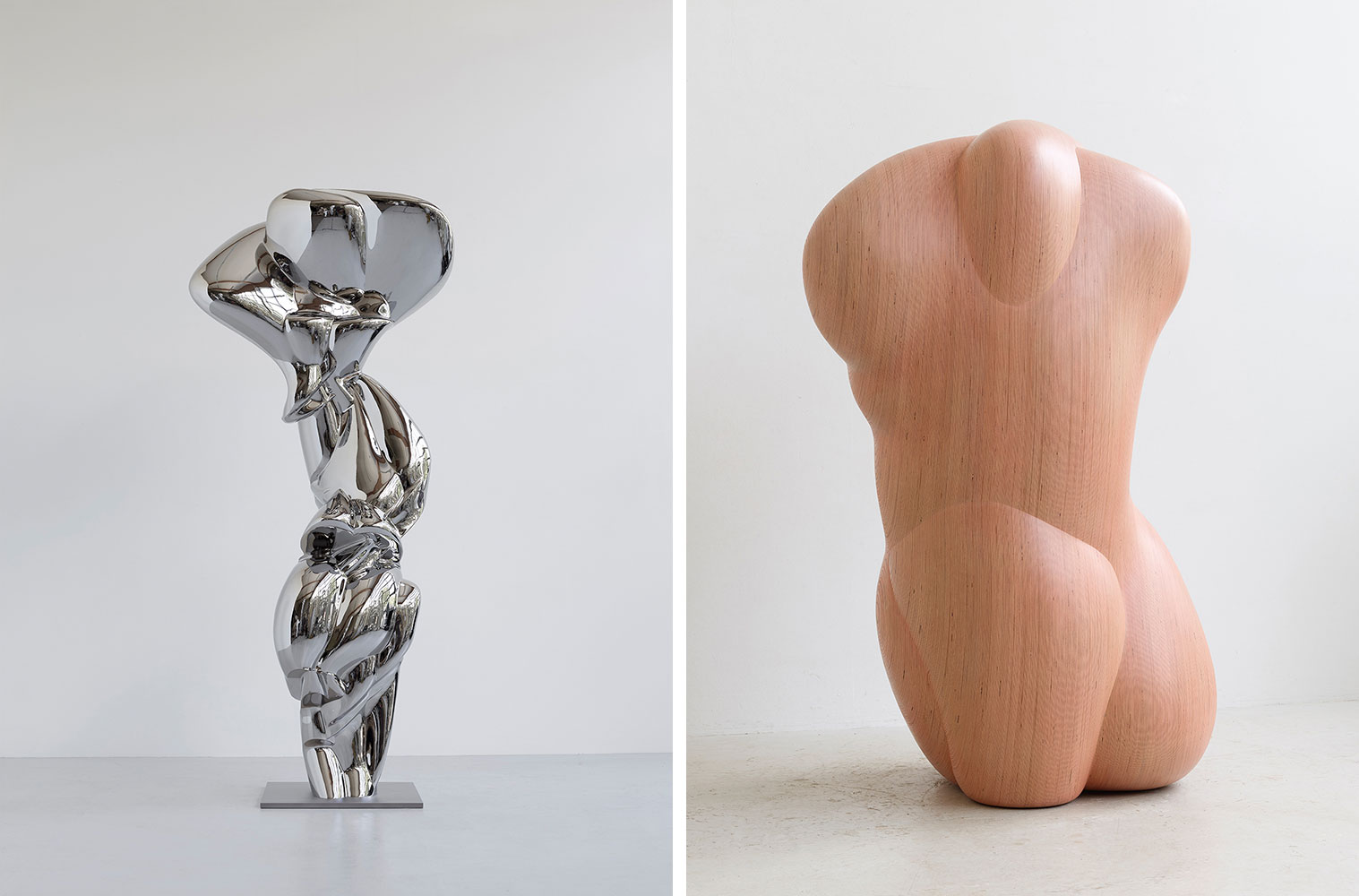
Right: Tony Cragg, Deep Early Form, 2003, Bronze patiniert, ALBERTINA, Wien – Familiensammlung Haselsteiner © Tony Cragg / Bildrecht, Wien 2022
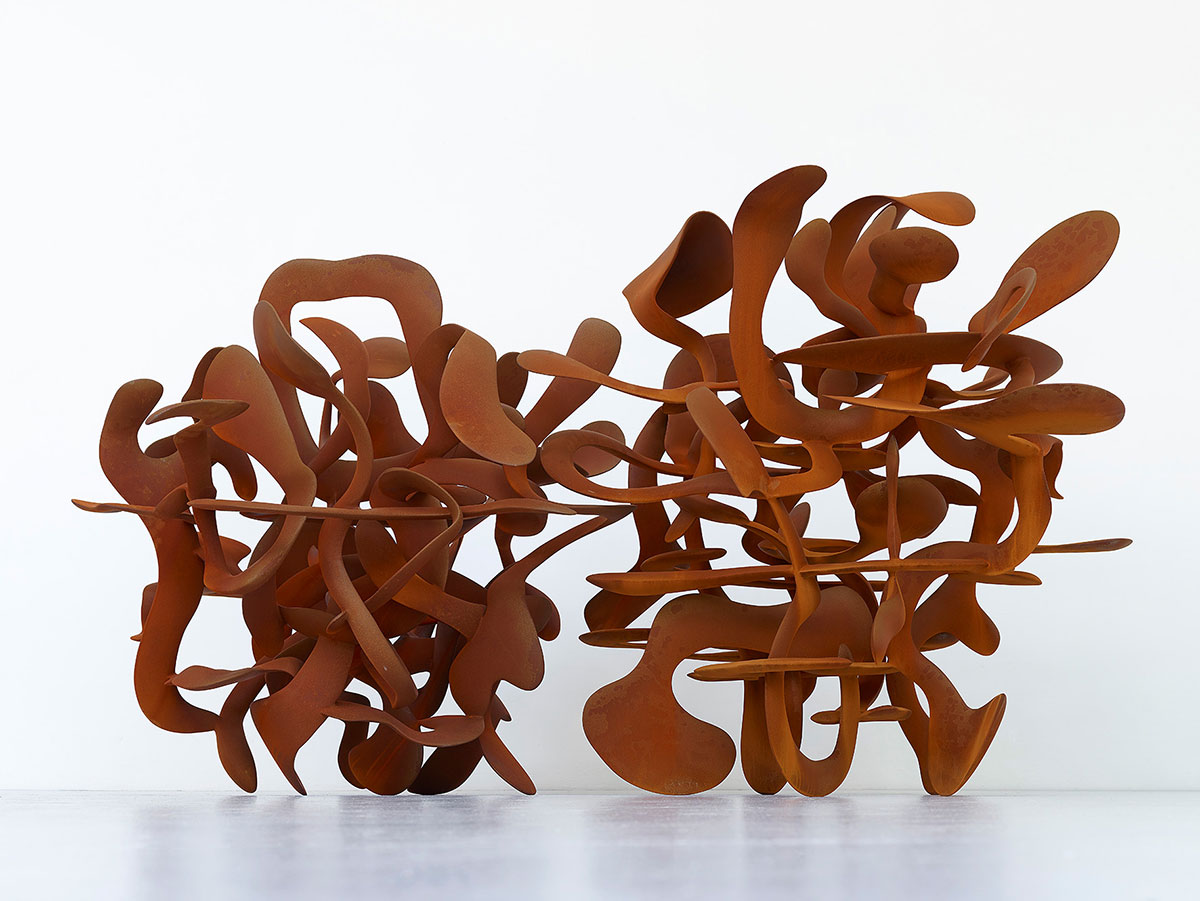
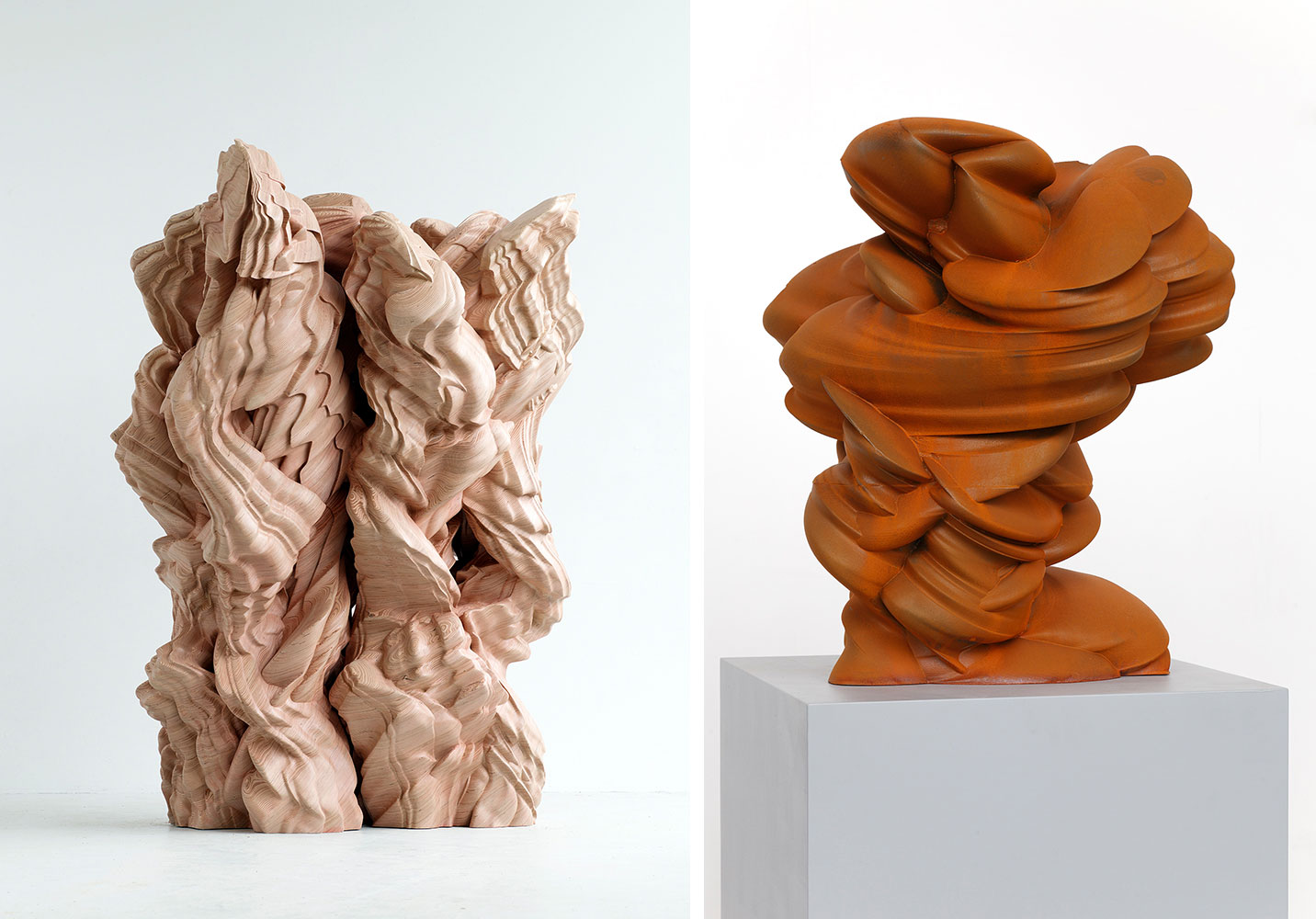
Right: Tony Cragg, Off the Mountain, 2011, Gusseisen, © Tony Cragg / Bildrecht, Wien 2022, Photo: Michael Richter
